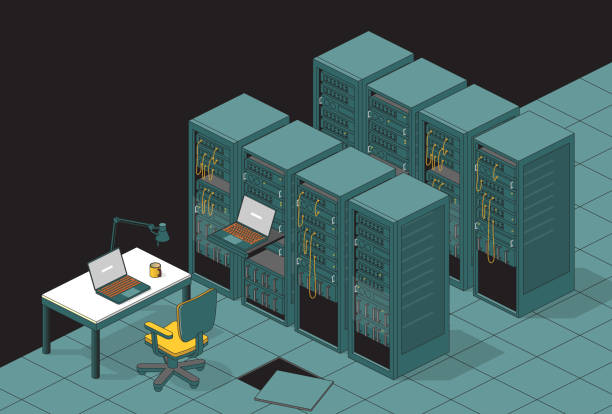In today’s interconnected world, data is the lifeblood of businesses, governments, and individuals alike. The proliferation of digital systems and the exponential growth of data have underscored the critical importance of robust backup solutions to safeguard against potential loss or compromise. Among the arsenal of data protection measures, metal backup emerge as a cornerstone in ensuring data security and resilience. In this article, we delve into the intricacies of metal backups, examining their significance, implementation strategies, and the transformative impact they have on data security in the digital age.
Unveiling Metal Backups
Metal backups, often referred to as bare-metal backups, represent a comprehensive approach to data protection by replicating the entirety of a computing environment, including the operating system, applications, configurations, and data, onto secondary storage media. Unlike traditional file-level backups, which focus solely on individual files or directories, metal backups capture the entire system state, enabling swift restoration in the event of system failures, disasters, or cyberattacks.
At the heart of metal backups lies their ability to restore systems to a predefined state, ensuring continuity of operations and minimizing downtime. By encapsulating the complete system configuration, from disk partitions to boot records, metal backups provide organizations with a robust defense against data loss and disruption.
The Crucial Role of Metal Backups
- Comprehensive Data Protection: Metal backups offer a holistic approach to data protection by safeguarding not only critical files but the entire computing environment. This comprehensive coverage ensures the availability and integrity of data, applications, and systems.
- Rapid Recovery: In an era where downtime can translate into significant financial losses and reputational damage, the ability to recover swiftly is paramount. Metal backups facilitate rapid restoration, enabling organizations to resume normal operations with minimal disruption.
- Resilience Against Cyber Threats: With cyber threats evolving in sophistication and frequency, organizations face an ever-present risk of data breaches and ransomware attacks. Metal backups serve as a crucial defense mechanism, allowing organizations to restore systems to a known good state and mitigate the impact of cyber incidents.
- Regulatory Compliance: In an increasingly regulated environment, adherence to data protection laws and industry standards is non-negotiable. Metal backups assist organizations in meeting regulatory requirements by ensuring data availability, integrity, and confidentiality.
Implementing Metal Backups: Best Practices
- Define Backup Policies: Establish clear backup policies outlining the frequency, scope, and retention period of metal backups.
- Automate Backup Processes: Leverage automation tools to schedule regular backups and ensure consistency across the backup environment.
- Test Restoration Procedures: Regularly test backup integrity and practice restoration procedures to validate the efficacy of metal backup solutions.
- Secure Backup Data: Implement encryption and access controls to protect backup data against unauthorized access and data breaches.
- Consider Redundancy: Replicate backups to off-site or cloud environments to enhance data resilience and disaster recovery capabilities.
Conclusion
In an era defined by digital innovation and cyber threats, the importance of robust backup solutions cannot be overstated. Metal backups offer organizations a comprehensive means of protecting their critical data and systems against a myriad of threats. By embracing metal backup solutions and adhering to best practices, businesses can fortify their defenses, enhance resilience, and ensure the continuity of operations in the face of adversity. As organizations navigate the complexities of the digital landscape, investing in metal backups emerges as a strategic imperative for safeguarding data security and resilience in the digital age.
Related posts
Popular Posts


